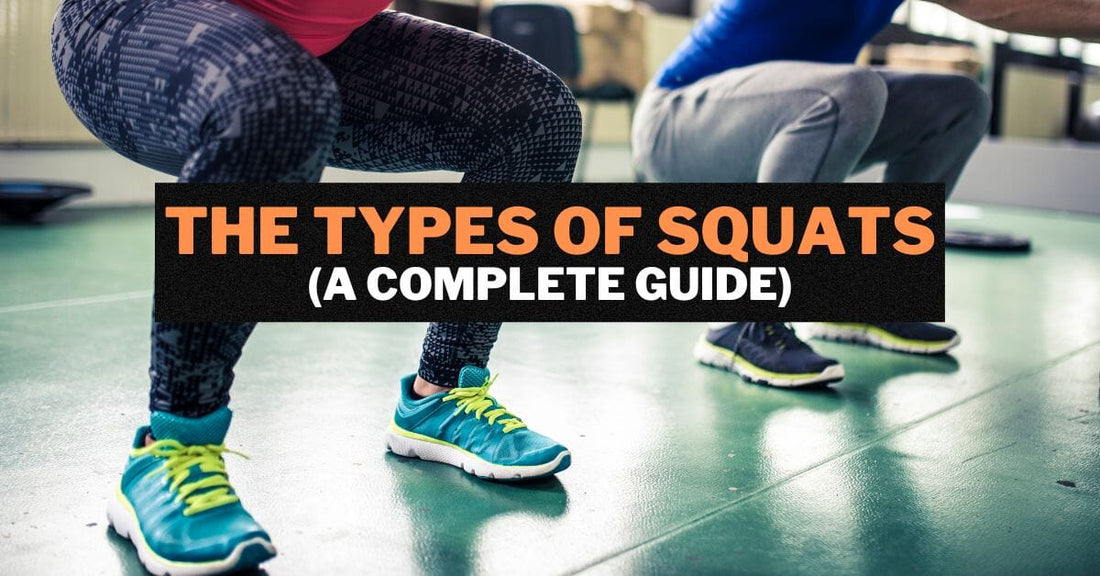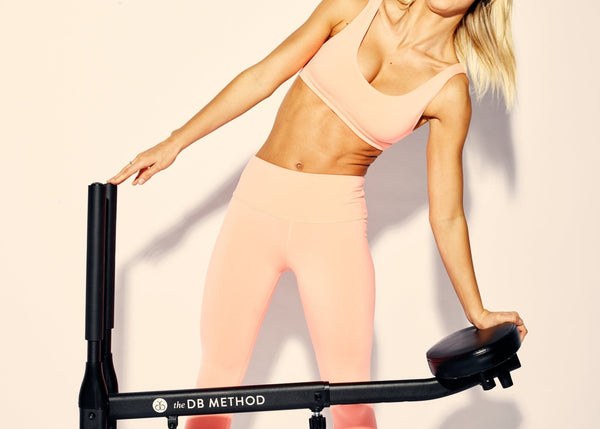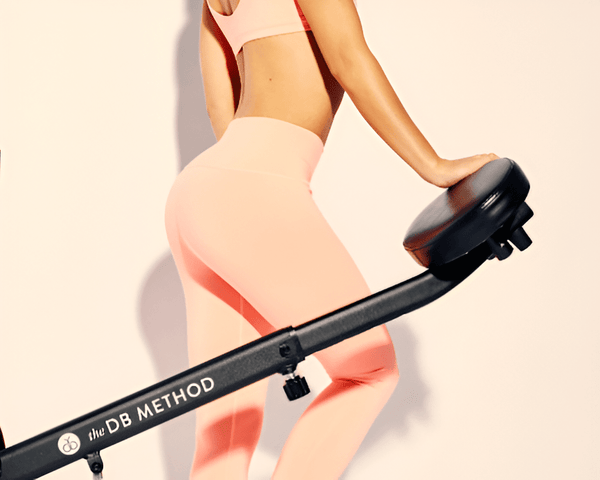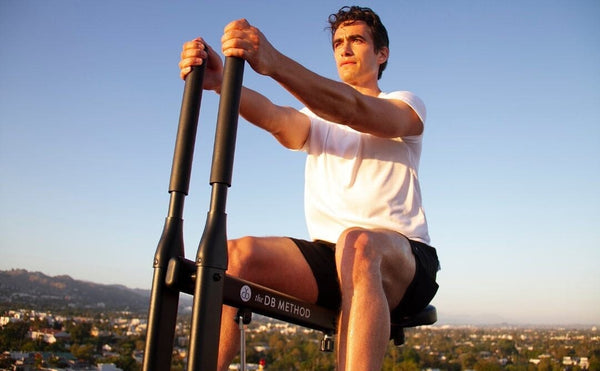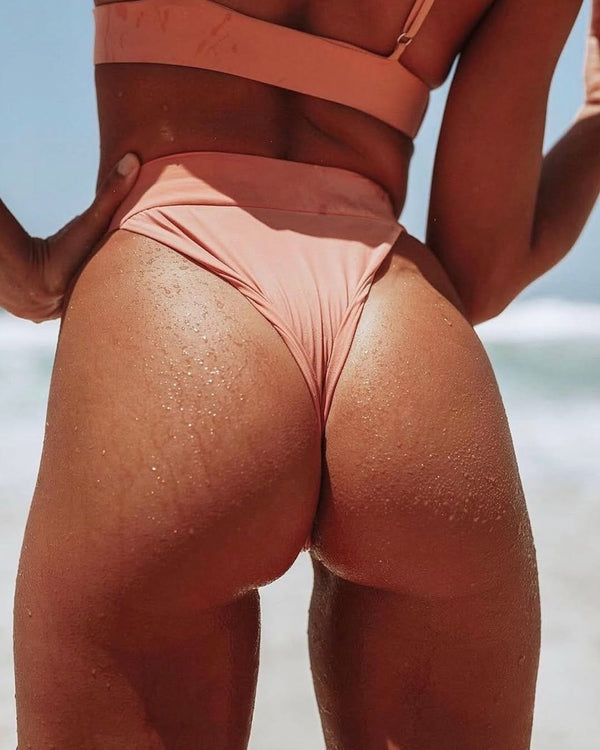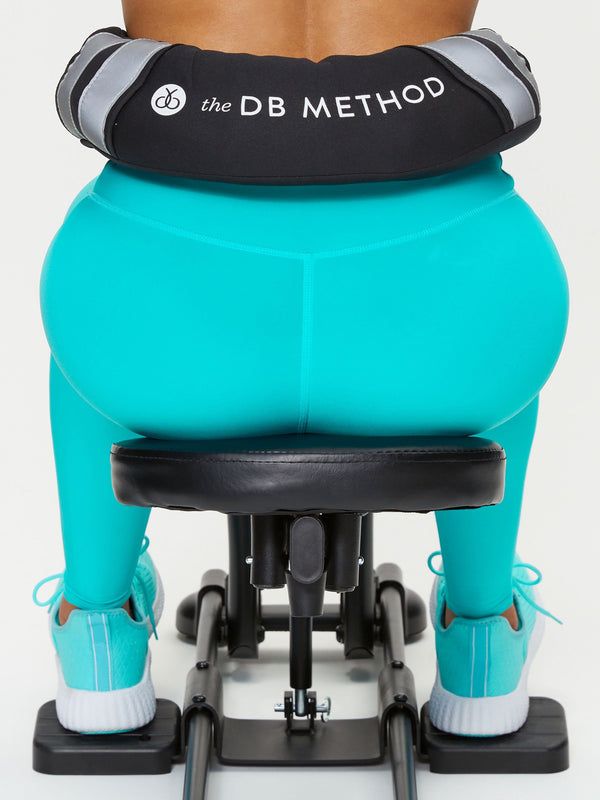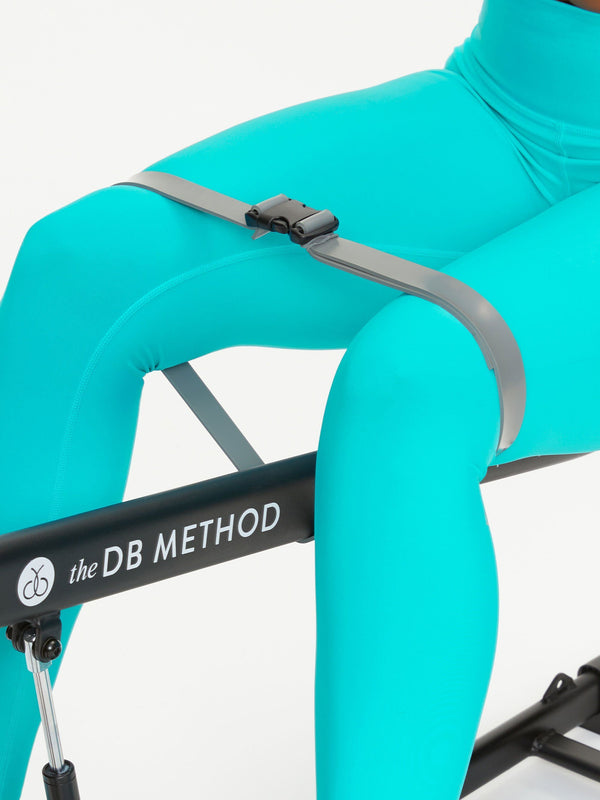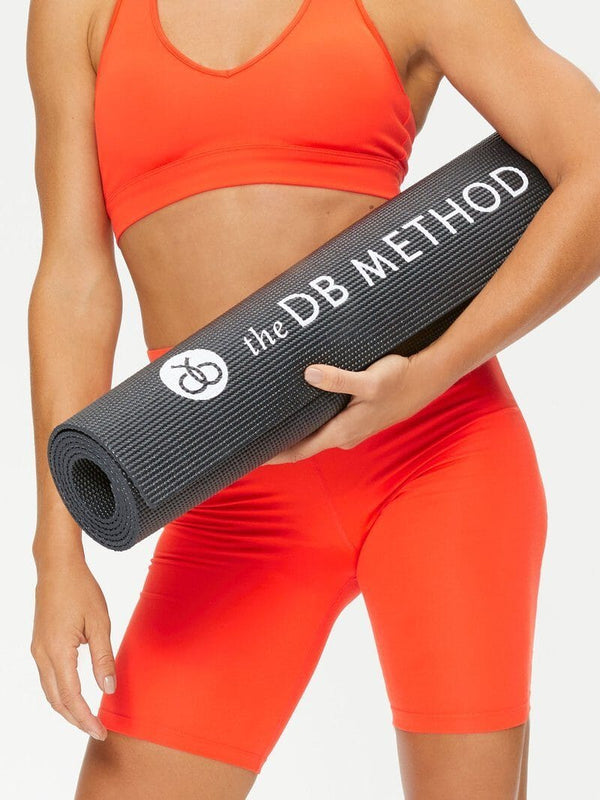The squat is known as the “king of all exercises” as it can give you a full body workout depending on the type of squat you do. There are machines and free weights to add resistance, and bodyweight squats to let you focus on form and relaxing.
Fun fact: The squat was made popular by Henry Steinborn, a German immigrant, in a 1921 issue of Strength magazine. From that point on the variations begin to take their place in fitness history.
Whether you’re an elite athlete looking for an edge in competition or trying to stay in shape, choosing the right types of squats is easy with the guide below. Start by clicking to the correct section that matches your goals, and then learn about each type of squat and how they can “work” within your “workout.”
Squats are one of the best exercises to develop strength and power (source), and they also help you avoid injuries (source), jump higher (source), sprint faster (source), and run longer (source).
Even the simplest things in life get easier, like getting up from a chair. And while this may not seem like a big deal now, doing squats on a regular basis will make sure it doesn’t become a big deal when you get into your golden years.
Fun fact: All types of squats involve both lower and upper body muscles, even though it looks like your legs and glutes are doing most of the work.
The main muscles that squat work are your quads, glutes, hamstrings, hips, calves, core and back. But you can emphasize certain muscles or target specific strength training or functional goals you have by choosing different types of squats.
Bodyweight squats
- Air squat: This is the classic squat done without additional weight and is a great choice for beginners or people that want to benefit from low impact exercises. It’s also good for people looking to practice proper squat form. But don’t confuse these with being easy just because you don’t use any additional weights. After a few sets with proper technique, they won’t feel “light as air” anymore.
- Sissy squat: Your knees and head move in opposite directions, which makes sissy squats a good choice for anyone that needs to improve their front/back balance while getting a killer quad workout. And because of the “lean back” motion, you will love that you did sissy squats the next time you’re at a party and someone yells “limbo!”
Power and Strength Building Squats
- Box squat: The box squat forces you to expend more power in the up phase of the lift because you start with your butt on a box (source). This makes box squats are great for people that want to focus on immediate power explosions for sports, like football linemen or rugby players. Box squats are also a great functional exercise since they mimic the motion of getting out of a chair.
- Landmine squat: Landmine squats require you to stabilize yourself and the weight moves through an arc (since one side of the barbell pivots around a point on the ground). This makes them a good choice to train for things like hefting sandbags over a wall, pushing people up and away from you, or in case you get picked to shoot a basketball from halfcourt at halftime for a big prize.
- Sumo squats: Anyone that needs to move around large amounts of weight, like sumo wrestlers. But you don’t have to get into the ring to benefit from sumo squats. These are also great for anyone that plays cut-to-run sports like soccer or hockey because sumo squats use a wide stance that really makes your groin muscles groan.
Easier on the Back and Knees Squats
- Hack squat: The hack squat keeps your head over your hips throughout the exercise, which makes them perfect for anyone with a weak or injured back. This also makes them work hard on the quads while taking some pressure off the hamstrings and glutes, making them a good choice for anyone looking to bulk up their thighs.
- Pendulum squats: Pendulum squats are the choice for people with knee issues that still want to get a heavy squat workout. By using the pendulum squat machine, you relieve pressure on the knee joint but still get a full range of motion.
Unilateral Squats
- Bulgarian squat: Also called “Bulgarian split squats,” the unilateral nature of this exercise helps people that need to fix muscle imbalances. It’s also a great choice for people that want to work on their balance in general since your rear leg sits on a bench behind you in the Bulgarian squat. This makes your hip abductors work hard to stabilize you as you squat, which improves balance.
- Pistol squat: These are one of the more difficult squats since you hold one leg in front of you during the squat. But this also makes them a great choice for anyone that wants to work on balance and joint mobility, like all you runners out there. They’re also a good choice for fixing muscle imbalances due since they’re a unilateral exercise.
Standard Barbell Squats
- Front squats: People that want the benefit of squats with less hinge at the hips. That’s because the front squat places the weight in front of your body, which changes the center of gravity and causes you to hinge less at the hips than a back squat. You might choose this for improved cycling performance because this change makes your quads work harder than the back squat (source).
- High bar back squats: Most people that want an overall body workout. This is the most common type of squat and places the bar across your shoulders and is good for athletes and non-athletes looking for an overall body workout.
- Low bar squats: Low bar squats put the bar across your shoulder blades (instead of across the top of your shoulders). This makes you hinge more at the hips during the squat and makes this type of squat a good choice if you want to engage your back muscles more. While low bar squats won’t help get that figurative monkey off your back wrestlers might choose this type of squat to make it easier getting an opponent off their back.
Additional Upper Body Workout Squats
- Overhead squats: People that want to focus on balance and get a good upper body workout while squatting. That’s because you hold the weight over your head while doing a squat, which works the upper body, especially your shoulders, and makes it harder to maintain balance with a high center of gravity. This type of squat is great to help basketball players get the rebound in a crowd and it’s good for activities like hoisting a large wooden beam into place during a home renovation.
- Dumbbell squat: This type of squat is another great option for people that want to work on balance or engage even more upper body muscles more in their squat. That’s because using dumbbells allows you to add more weight to one side, add an arm curl or pressing motion during the squat, or incorporate an isometric hold during the squat (like holding a dumbbell directly out in front of you for a killer core workout).
- Zercher squats: Zercher squats require you to hold the weight in your arms as you squat, which heavily engages your core and upper back. This makes them a great choice for people that want to train for everyday activities, like lugging around bags of groceries or lugging a loved one off the couch and into the bedroom without waking them (and without breaking your back).

